Help
Community21 has selected some case study communities and projects to share across the network to inspire and inform others. Should we be featuring yours? If so get in touch.
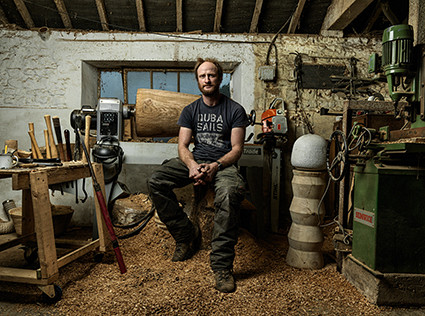
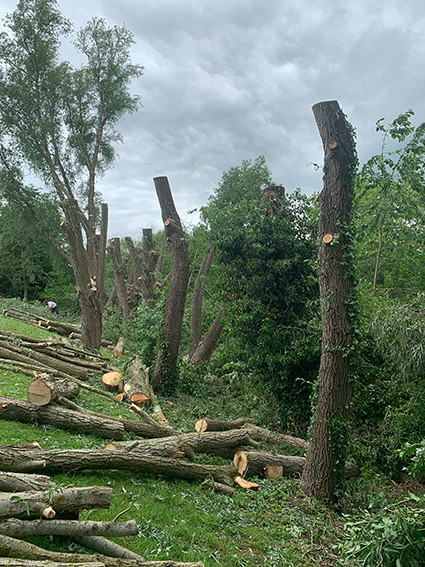
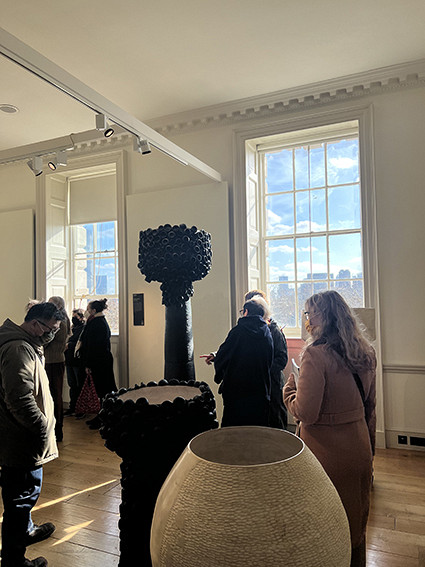
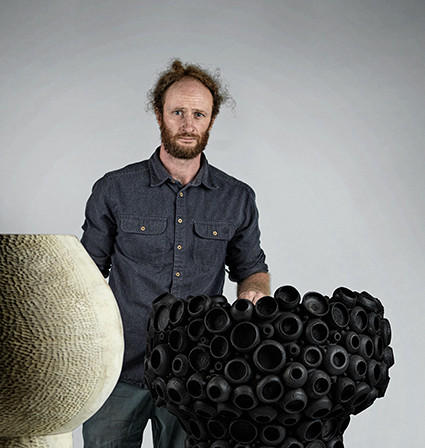
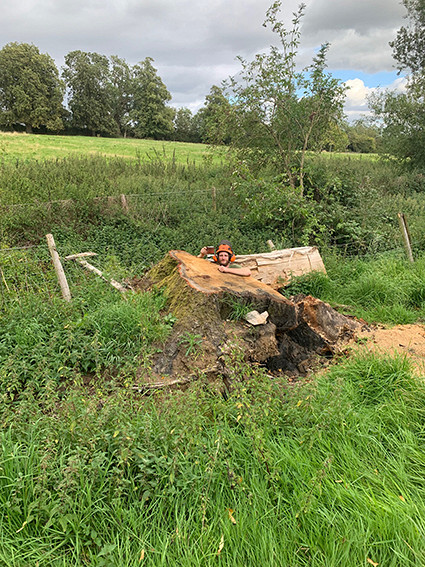
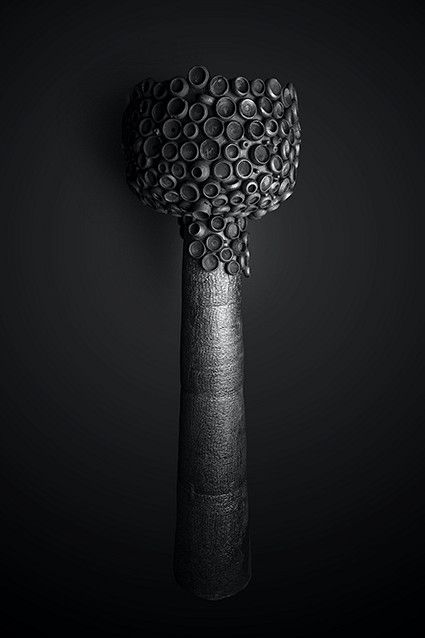
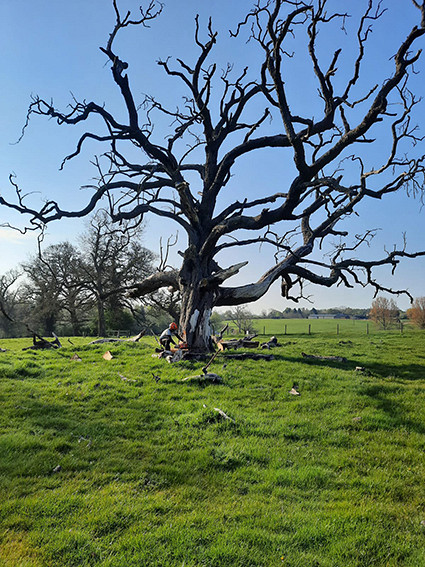
Name: Robert George
Location: Northamptonshire / UK
Specialist materials: Wood
Products: Artefacts / vessels
Links [if available]: https://robertgeorge.co.uk/
Arborist and maker Robert George gathers timber from different sources and thinnings that would otherwise be used for biomass fuel (low value) and using it to generate his craft or stacks it on the woodland floor for ‘micro-diversity’. The physicality of the material is imbued in the creative outcomes and the laborious work (and skill) involved in procuring and being ‘at the mercy of the wood’ ingrains a respect and ensures nothing goes to waste. His making traps embodied carbon into objects that ‘last’ through the application and valorisation of craft. Familiarity of working with and handling large timber is part of the day-to-day experience, which perhaps translates into a confidence with making at a scale.
As an arborist Robert is not traditionally ‘trained’ in the arts - ‘If I was digging clay for 15 years and didn't try and mould into a bowl it would be weird’ (!) so he has ‘naturally’ progressed the craft through material knowledge, deep understanding and appreciation for the material and a ‘curiosity’. His work is experimental and he has learned by making mistakes without the input, expectations or indeed perhaps confines of knowledge or protocols that and arts education may have formed.
‘Low footprint’ intervention in the landscape with manual and handheld processes support low impact resourcing and objects are made through ‘low tech’ means. Like other makers working in this way felling work is seasonal and requires planning. By coppicing and the ‘first thins’ that open the forest floor to light and by deploying pruning techniques in domestic tree surgery he is supporting insect ingress that in turn promotes further proliferation of birds and bats. Embracing the brambles as habitats and noticing ground cover as a benefit to the biodiversity and proliferation of species. By ‘not being too tidy’ and leaving timber in stacks underpins the biology and being engaged in surveying trees for bats in advance of work helps generate environmental knowledge and protects them.
He does not perceive himself to overtly use or exploit nature to promote the work but hopes to raise the question of consumer connections to materials. The art form and making are materially led, ‘nothing is overly finished’ and aesthetics often ‘happen of their own accord’ but the process can purposefully and knowingly highlight idiosyncrasies, peculiarities and natural features of the material.